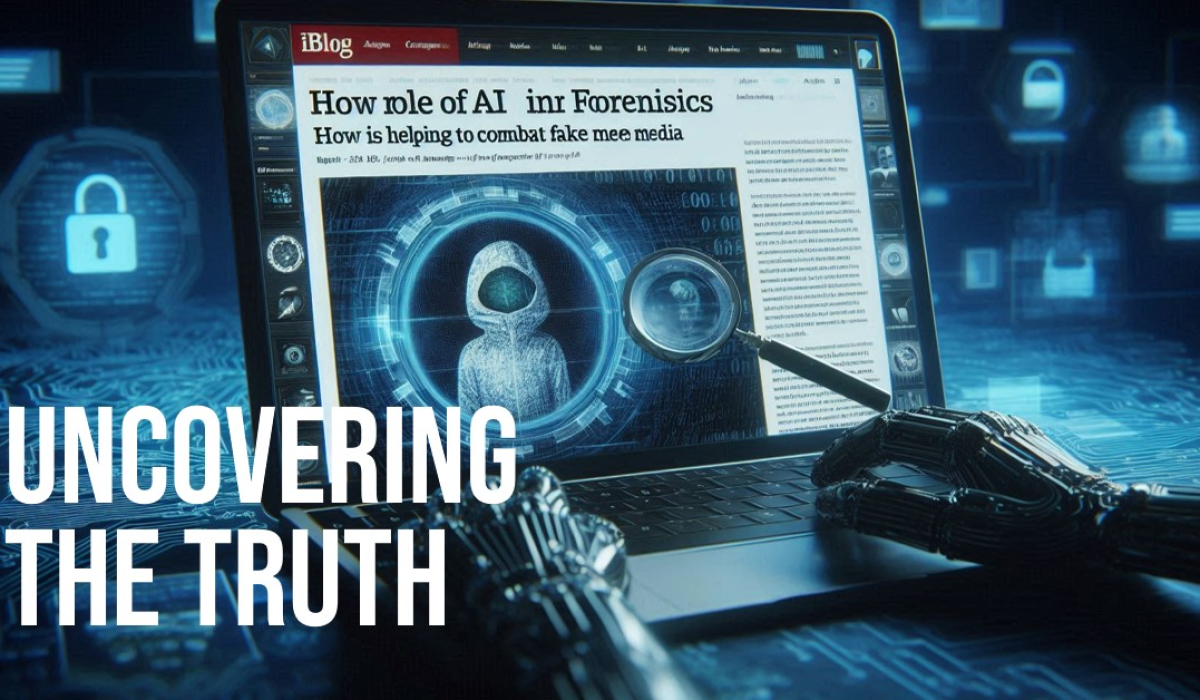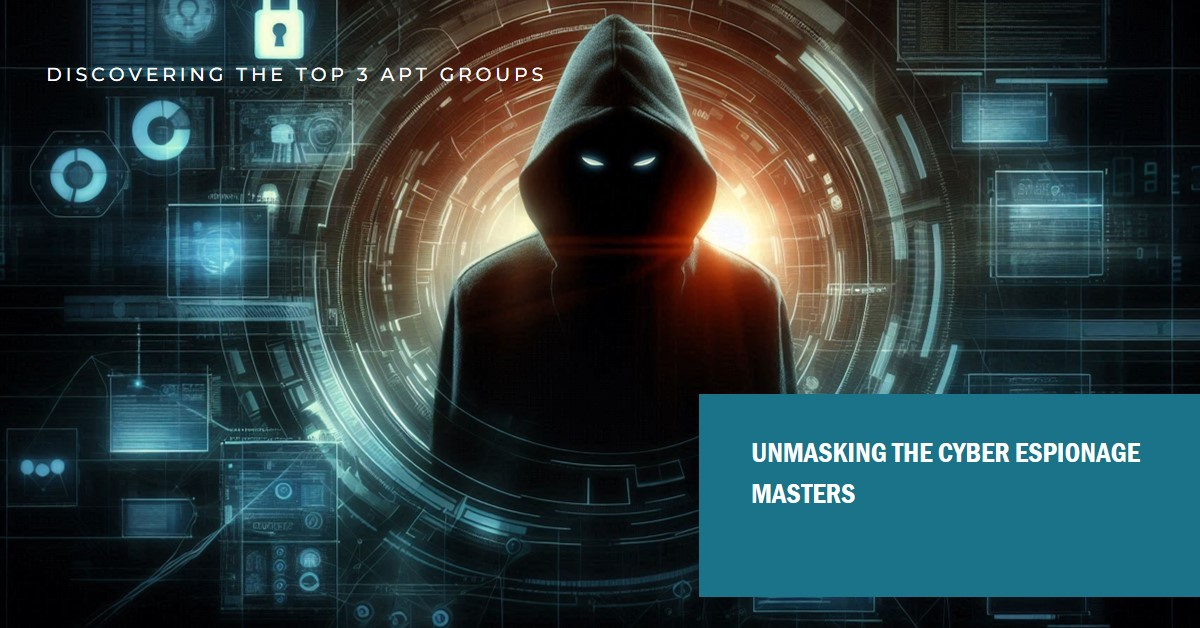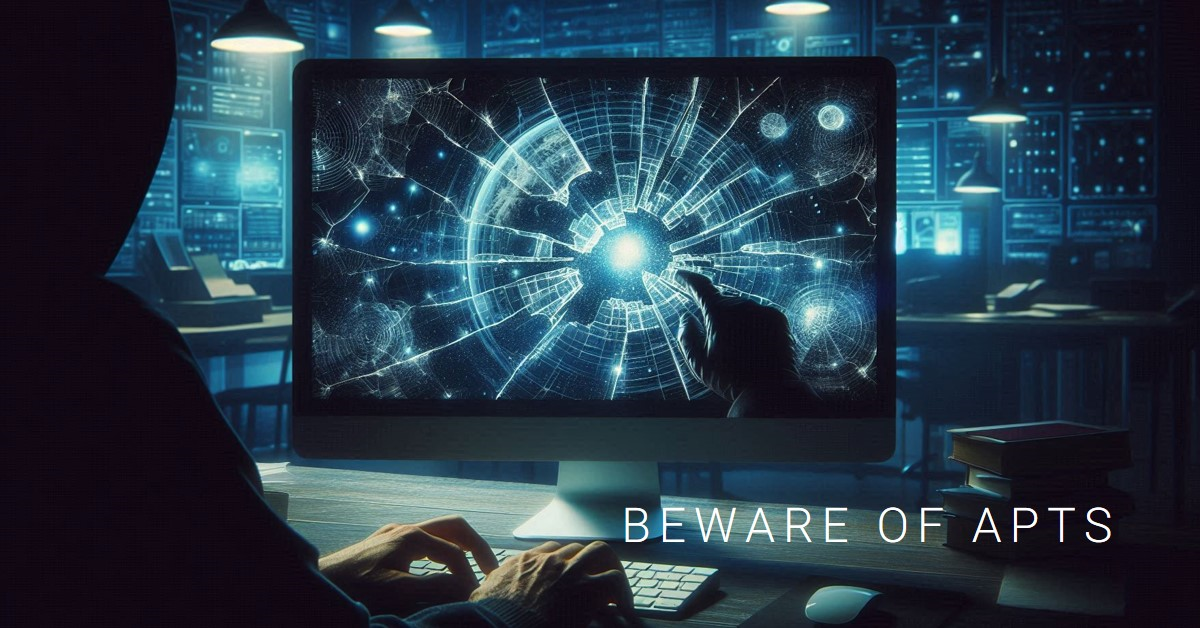Introduction to Digital Forensics for Image Detection
Digital Forensics and Its Role
Digital forensics is a scientific discipline that involves the preservation, identification, extraction, documentation, and interpretation of digital evidence from any digital media.
This evidence can be used in civil and criminal investigations. It plays a crucial role in investigating digital artifacts by uncovering hidden information, reconstructing events, and establishing the authenticity of digital data.
Importance of Image Forensics
In today’s digital age, images are widely shared and manipulated. Image forensics is essential for identifying manipulated or fake images, which can have serious implications in various fields, including law enforcement, journalism, and social media. Fake images can be used to spread misinformation, defame individuals, or commit fraud. Image forensics helps in uncovering the truth and preventing the spread of false information.
Key Concepts
- Metadata analysis: Examining the data about the image, such as creation date, camera model, and exposure settings, to find inconsistencies or anomalies. 1. Tutorial: Metadata Analysis – FotoForensics
- Reverse engineering: Analyzing an image’s structure and components to understand how it was created and modified.
- Hash-based techniques: Creating a unique digital fingerprint of an image to verify its integrity and detect any modifications. 1. Fingerprinting Images for Near-Duplicate Detection – Real Python
Tools and Techniques for Identifying Fake Images
Methods for Detecting Image Manipulation
- Error Level Analysis (ELA): ELA highlights areas of an image that have been modified by comparing the original image with a noise-reduced version. Areas with inconsistencies, such as those resulting from copy-pasting or resizing, will appear different in the ELA image. 1. Error level analysis compression: (a) original image, (b) ELA original… – ResearchGate
- Image Metadata Examination: Examining EXIF data, which contains information about the image’s creation, camera settings, and modification history, can reveal inconsistencies or signs of tampering.
- Content-Based Image Retrieval (CBIR): CBIR compares an image to a database of known images based on visual content, helping identify similar or identical images that might be the original or a source of the manipulated content.
- Steganalysis: This technique focuses on detecting hidden information embedded within an image, which can indicate tampering or the presence of covert communication.
Open-Source Tools
- Forensically: A Python-based digital forensics framework offering various tools for image analysis, including metadata extraction and ELA.
- ImageMagick: A powerful image manipulation tool that can be used for image comparison, format conversion, and basic forensic analysis.
- Tungstène: A software suite for image forensics, providing advanced features for detecting various types of image manipulation.
The Role of AI in Digital Forensics
Artificial Intelligence (AI) has revolutionized various fields, and digital forensics is no exception.
Its ability to process vast amounts of data, identify patterns, and learn from experience makes it an invaluable tool for investigators.
1. AI and Deep Learning: new revolution in digital forensics – Deccan Herald
2. Leveraging Artificial Intelligence and Machine Learning in Digital Forensic Investigations
AI’s Impact on Image Forensics
Deep Learning Models
- Convolutional Neural Networks (CNNs): These models have excelled in image recognition and classification tasks. In image forensics, CNNs can be trained to detect subtle manipulations, such as splicing, copy-paste, and object removal. They can analyze image features like textures, edges, and color distributions to identify inconsistencies.
- Applications: CNNs can be used to:
- Detect forged signatures and manipulated faces.
- Identify deepfakes by analyzing facial landmarks and inconsistencies.
- Classify image types (e.g., authentic, manipulated, synthetic).
GANs for Image Generation
While primarily used for generating realistic synthetic images, Generative Adversarial Networks (GANs) can also be employed in image forensics. By understanding how GANs create fake images, investigators can develop techniques to identify them. This involves studying the artifacts and patterns left by GAN-generated images. 1. (PDF) Detection of GAN-Generated Fake Images over Social Networks – ResearchGate
- Applications: GANs can be used to:
- Create synthetic training data for other AI models.
- Generate counter-examples to test image forensics techniques.
- Identify GAN-generated images based on specific characteristics.
Feature Extraction
AI plays a crucial role in extracting relevant features from images for analysis. Traditional methods often rely on handcrafted features, which can be time-consuming and limited. AI-powered feature extraction techniques can automatically learn discriminative features from large datasets.
1. Visual Data: The Role of AI in Image Classification – eNest Technologies
3. Keras: Feature extraction on large datasets with Deep Learning – PyImageSearch
- Applications: Feature extraction can be used for:
- Identifying copy-paste regions based on texture and color similarities.
- Detecting inconsistencies in image compression artifacts.
- Extracting metadata embedded within images.
Case Studies: Successful Detection of Fake Images
Deepfakes
- The Case of the Fake Barack Obama Video: In 2018, a highly convincing deepfake video of former US President Barack Obama was released.
While initially misleading, digital forensics experts were able to identify inconsistencies in the video, such as unusual blinking patterns and unnatural lip movements. These findings exposed the video as a deepfake, highlighting the importance of critical thinking and forensic analysis in the digital age. 1. The detection of political deepfakes – Oxford Academic
News Media Manipulation
- The Ukrainian War Image Alteration: During the Russian invasion of Ukraine, numerous images were manipulated to support different narratives. One notable case involved an image of a destroyed Ukrainian tank that was digitally altered to include a missile launcher. Forensic analysis revealed inconsistencies in the image, such as shadows and reflections that didn’t match the added object. This exposed the manipulation and restored public trust in the original image.
Legal Proceedings
- The Amanda Knox Case: In the high-profile case of Amanda Knox, accused of murdering her roommate, image forensics played a crucial role. The prosecution presented a photo of the crime scene, claiming it showed Knox with a calm demeanor. However, forensic analysis revealed that the photo had been digitally altered to remove a distressed-looking Knox from the background. This evidence contributed to the eventual overturning of Knox’s conviction.
These case studies demonstrate the critical role of digital forensics in exposing manipulated images and protecting the integrity of visual information. As technology advances, the need for skilled forensic experts will continue to grow
The Future of Digital Forensics in Combating Fake Media
Blockchain for Image Authentication
Blockchain technology offers a promising solution for verifying image authenticity. By creating an immutable record of an image’s creation and subsequent modifications, blockchain can provide a robust mechanism for detecting tampering. Each time an image is altered, a new block is added to the chain, creating a verifiable history.
This technology could revolutionize how we trust digital media.
AI-Driven Automation
AI will continue to play a pivotal role in streamlining forensic analysis. Advanced machine learning algorithms can be trained to automatically detect anomalies, identify manipulated areas, and extract relevant features from images. This automation will significantly reduce the time and effort required for forensic investigations, allowing experts to focus on complex cases.
Ethical Challenges
As digital forensics becomes more sophisticated, it’s crucial to address ethical concerns. The balance between privacy and detection is a complex issue. While robust forensic tools are essential for combating fake media, they should not infringe on individuals’ privacy rights. Developing ethical guidelines and regulations is vital to ensure responsible use of these technologies.
Additional Considerations:
- Real-time Detection: Developing systems capable of detecting fake media in real-time is crucial for preventing the spread of misinformation.
- International Cooperation: Global collaboration is necessary to combat the transnational nature of fake media. Sharing best practices and tools across borders is essential.
- Public Education: Raising public awareness about the dangers of fake media and how to identify it is vital. Educating people to be critical consumers of information is a key step in combating this issue.
The future of digital forensics is bright, with the potential to significantly impact how we verify and trust digital information. By combining human expertise with advanced technology, we can create a more resilient information ecosystem





